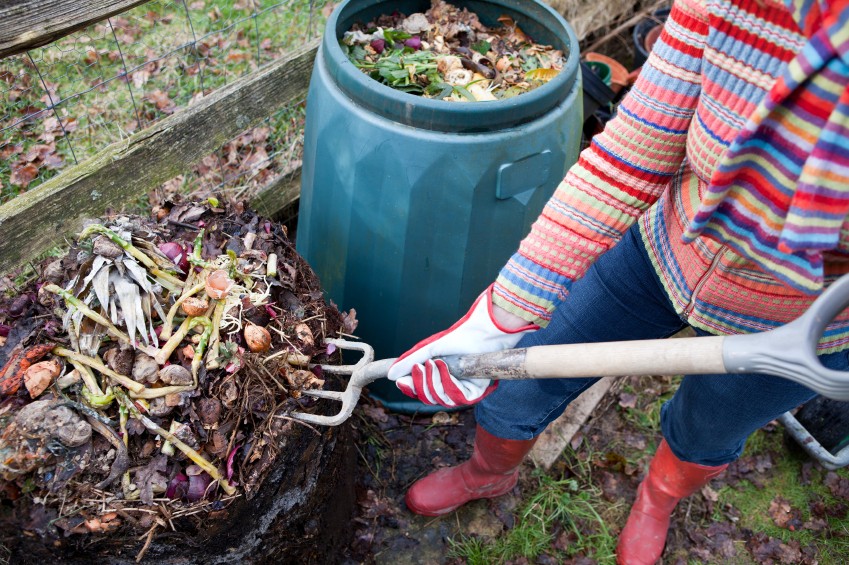Right now self-sufficiency is an open book and there are plenty of fantastic resources out there. If the grid ever does down these resources will not be so plentiful. Check the following and see if any of these resources are good for you!
1) Raising Chickens – A six-part guide on the basics of chicken rearing for egg production, from building a backyard coop, choosing breeds, and daily hen care and site upkeep. If you wish to learn how to humanely raise free-range chickens for poultry, see this site.
2) Aquaculture – Raising fish for food can be accomplished in a small pond, pool, or tank.
3) Beekeeping – Not only will an apiary provide fresh honey and beeswax, but there’s also the added incentive of helping save the bees.
4) Fruit & Vegetable Gardening – Green thumbs are made, not born, and anyone can learn how to grow a backyard cornucopia of fresh, organic produce.
5) Edible Perennials – Unlike annuals that need to be planted each and every year, edible perennials need only be sown once and will return a bountiful harvest for many years to come.
6) Edible Flowers – A good source of vitamin A and C, potassium, and other minerals, culinary flowers are used in salads and desserts, as a flavoring for teas and wines, and can punch up the taste of homemade marinades and dressings.
7) Build a Rain Barrel – Free of salts, minerals, chlorine, and other chemicals, rainwater is naturally soft and is a gratis resource that can be used to satisfy your garden and landscape irrigation needs.
8) Companion Planting – Maximize garden efficiency (and flavor) by pairing up friendly plants, while keeping their foes far, far away.
9) Wind Electric – On its own, or in conjunction with a solar energy setup, wind turbines are efficient and cost-effective.
10) Composting Toilet – So much clean water is wasted on flushing toilets (nearly 8,000 gallons per person annually), but dry composting toilets are an alternative that will produce “humanure” for non-edible landscaping.
11) Build a Sustainable Home – Designing an earth-friendly autonomous home isn’t as complex or cost prohibitive as you might think. Indoor Growing – Not having access to an outdoor space doesn’t mean you can’t enjoy a homegrown supply of fruits and vegetables – even in the midst of winter.
12) Kitchen Herb Garden – Easy and incredibly low-maintenance, herbs can be grown year-round indoors with as little as four hours of sunlight per day.
13) Backyard Orchard – You don’t need a large plot of land to grow fruit and nut trees. The trick is to plant three or four varieties closely together and restrict tree height – for easier harvesting – with regular pruning.
14) Fungiculture – The easiest way to start growing gourmet mushrooms (like shitake, oyster, portobello, and lion’s mane) is to purchase a kit. Once you get the hang of it, you can graduate to a more sustainable practice by inoculating hardwood logs with mushroom spawn.
15) Raising Goats – Curious and intelligent, goats make great companions and are less expensive to farm than larger cattle. Dairy goats are a source of nutritious milk, which can be used to make goat cheese and yogurt. Angora and Cashmere goats can be sheared once or twice per year for their soft and warm fleece fibers.
16) Auto Maintenance – From simple to more complex procedures, these guides offer step-by-step instructions (and videos) on how to transform your clunker into a finely tuned machine.
17) Sewing – This four-part tutorial is a great introduction to the world of sewing, whether you want to simply mend and tailor the clothing you own – or design your own fashions.
You can certainly pick and choose from the list above!
There are more interesting resources at Natural Living Ideas so we seriously suggest you go on over and take a look. If raising chickens isn’t quite your style then maybe learning to swim is right up your alley … or should that be swimming pool?
